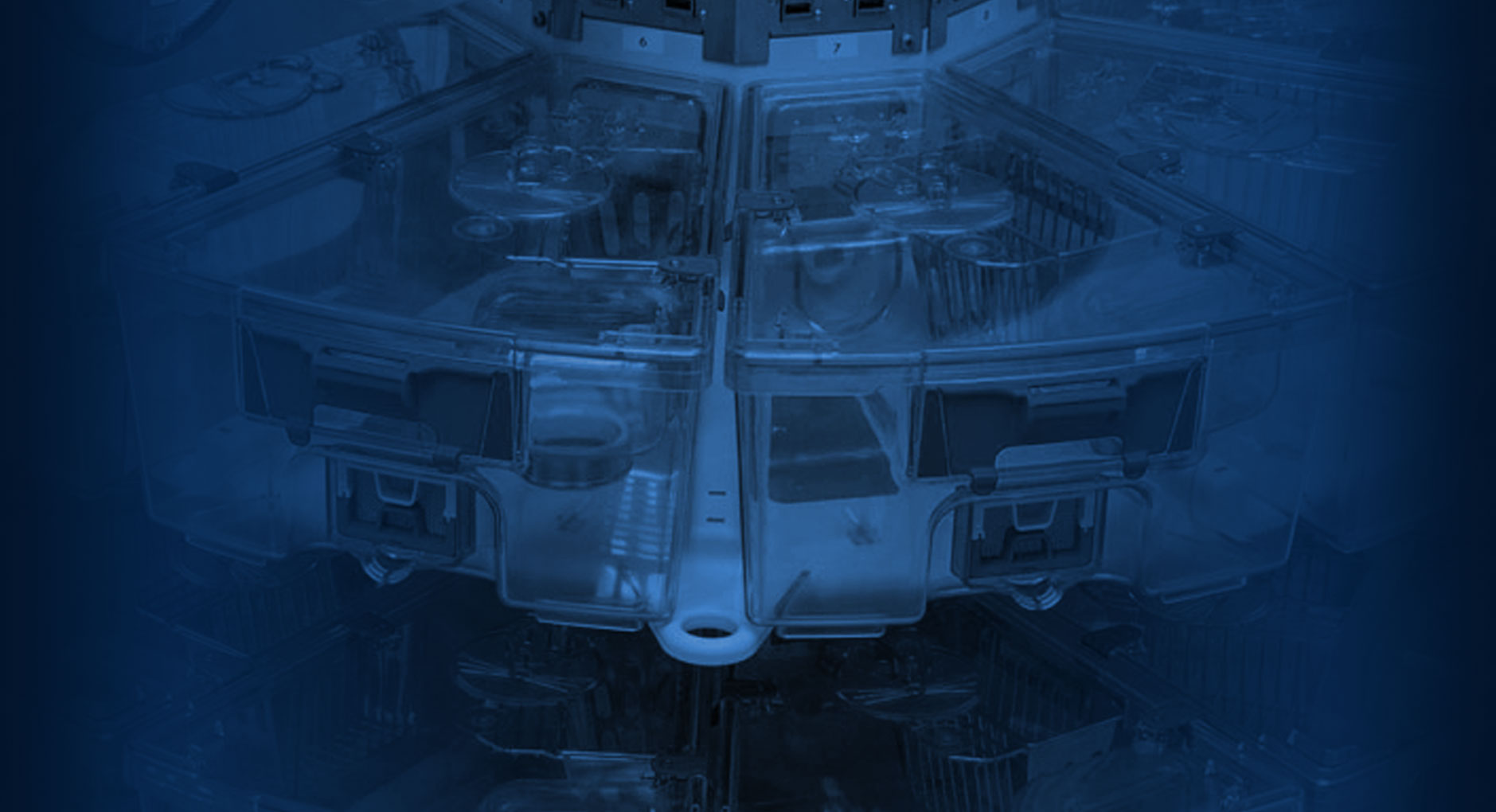Monash University – Monash Animal Research Platform
Rachel Borg
Manager
Monash Animal Services (MAS) is a department within Monash University charged with the responsibility for providing quality laboratory animals and technical services to the University’s research base. MAS is comprised of nine centrally managed facilities and seven regional facilities. MAS employ approximately 80 staff in predominantly technical positions.
The Central Animal Facilities provide a range of services to researchers at Monash and for over 250 departments/institutions Australia wide. Servicing over 1,000 researchers and over 2,000 research projects, underwriting an estimated $200 million of research.
The Central Animal Facilities breed mice, rats, guinea pigs and rabbits and are responsible for the management of the National Non-Human Primate Breeding and Research Facility. In addition to breeding animals, the Central Facilities provide a range of services including:
Animal agistment (general husbandry for all species)
Custom experimental breeding programs
Surgical facilities and services
Breeding high quality virus free mouse and rat lines
Specialized technical services including chimera production, ICSI, IVF and cloning in rodents
Animal procurement for users from local, national and international services.
One of the integral components of managing a successful animal facility is the equipment. In the past we have used a combination of Individually Ventilated & Static Caging. During recent times and with the expansion and refurbishment of existing facilities we have reviewed a variety of different caging systems that would better suit our growing needs.
We initially chose the Optimice system due to its space efficiency which literally doubled our rooms’ stocking density. Another important consideration, as the University works towards a “Greener Monash”, is that this EVC system reduces energy consumption as it does not rely on individual motors to pump HEPA filtered air into the cages, but rather uses the facility’s existing HVAC system to draw air through the cages, whilst providing individualised cage protection.
In addition to this, other features which appealed to us included clear cages for ease of observation, the ability to divide cages and fewer components which mean less parts to maintain and replace.
The cages have been placed in our high barrier area and in particular, to house the post irradiated mice, which need a very high degree of care. It is difficult to quantify whether the animals find it a better caging system, but to date there have been no complaints, and the animals seem quite content with this style of cage.



